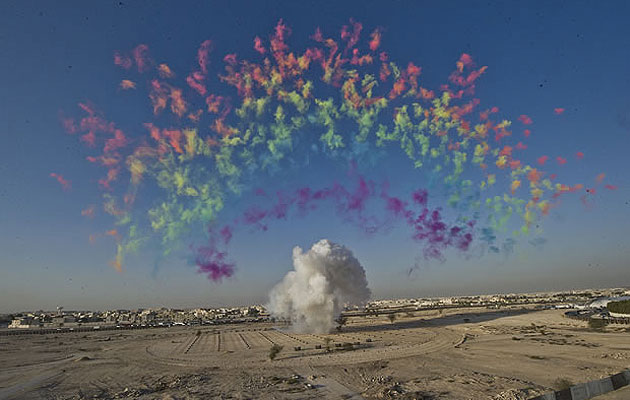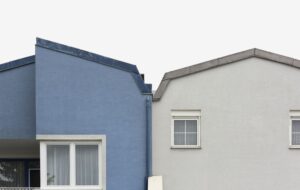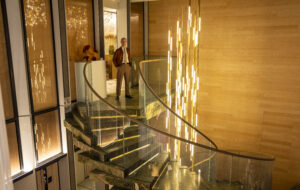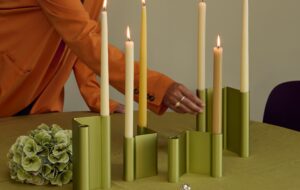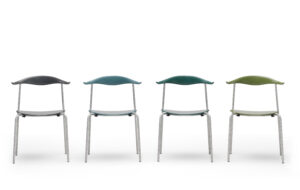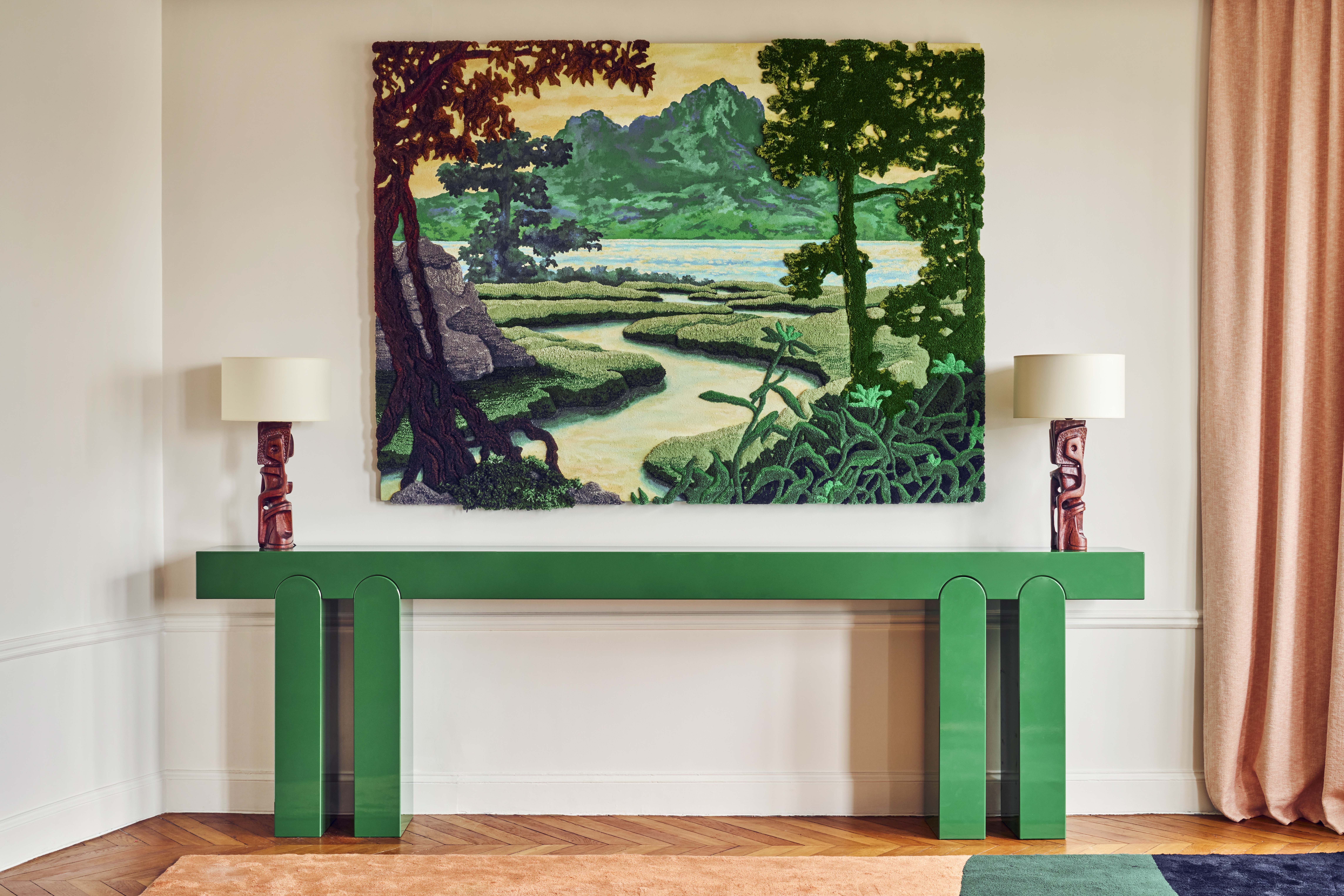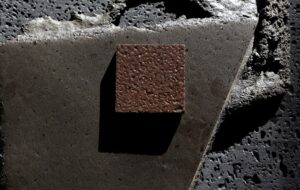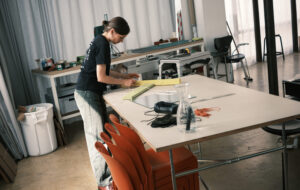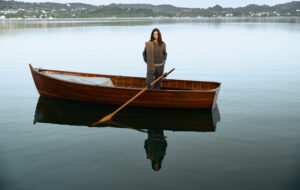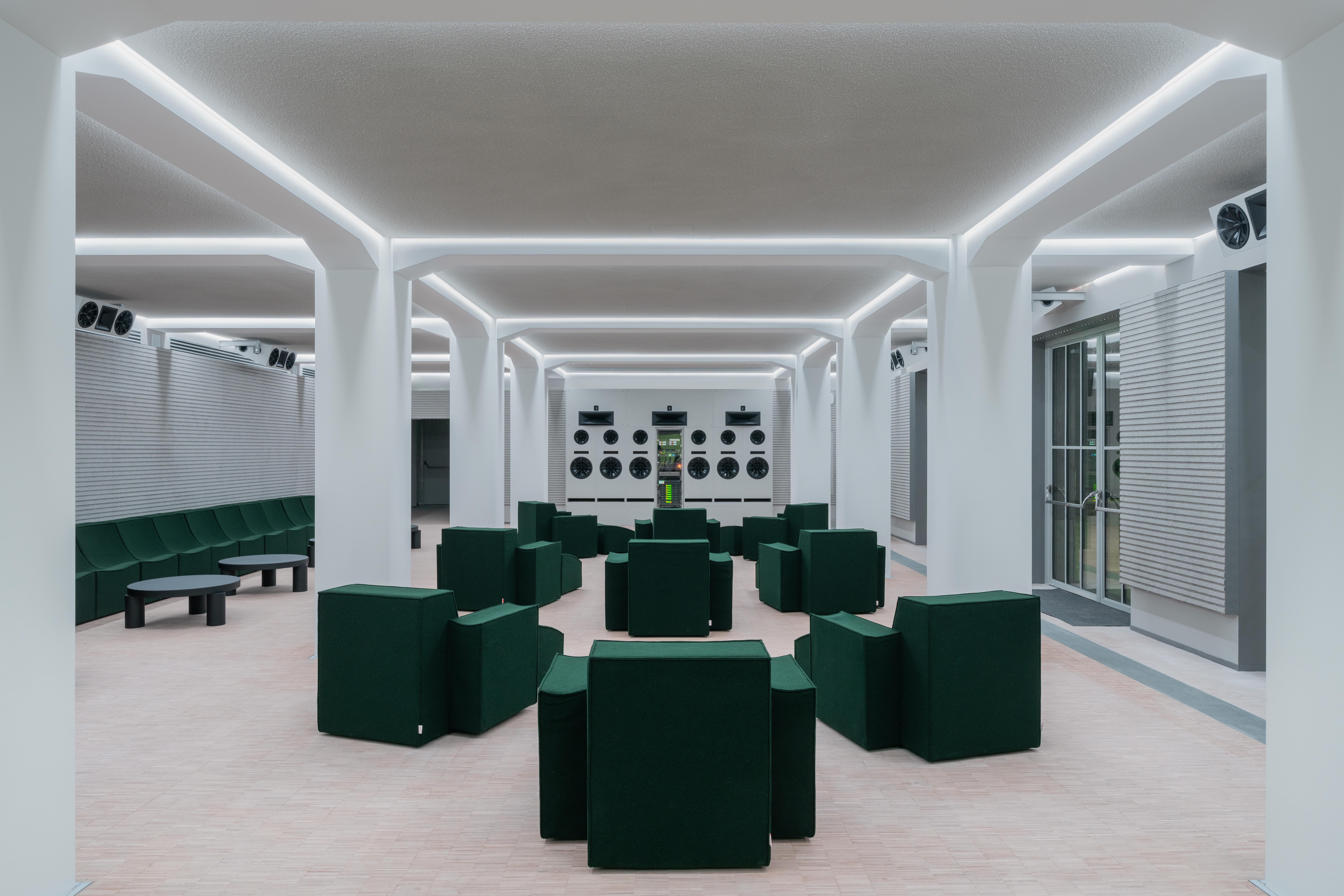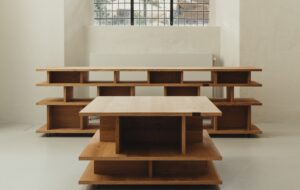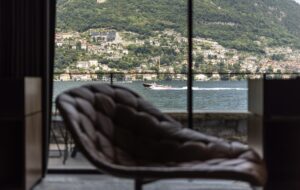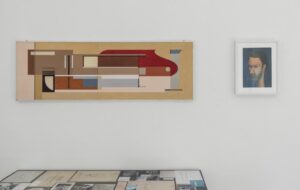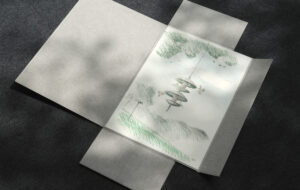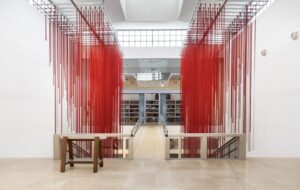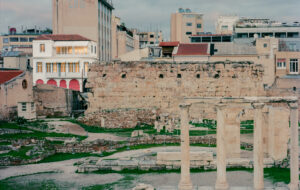|
|
||
|
In a recent interview Richard Serra said to the critic Hal Foster, “Art has always found ways to intervene, to critique architecture, to transform and to transgress space.” The conversation appeared in Foster’s book The Art-Architecture Complex (Icon 103). It looks at the place of art in architectural spaces, and the role of architecture in making a home for art in ways that increasingly bridge the gap and blur the line between capital and culture. Last December Doha in Qatar provided fresh case studies for students of the Complex with the opening of Saraab (Arabic for “mirage”), an exhibition by the Chinese artist Cai Guo-Qiang at Mathaf, the Arab Museum of Modern Art – and the unveiling of a new commission – by Richard Serra – in a brand new sculpture park. Chinese-born, New York-based Cai Guo-Qiang is a curious choice for the first show devoted to a single artist by a museum of Arabic art. The exhibition protests a little too much about the carefully traced, centuries-old link, formed by the trade route of the “maritime Silk Road”, between the Arabian Gulf and Cai’s home town of Quanzhou in south-east China. In the museum’s courtyard and in the entrance hall is Homecoming: 62 boulders from Quanzhou, carved with inscriptions from the town’s Muslim graves. The gunpowder paintings for which Cai is best-known (he applies gunpowder to a surface, then detonates it in a controlled explosion), here showing djellabah-wearing women and mosques, are the simplest, most successful exhibits. Cai trained as a set designer and was the director of visual effects at the closing and opening ceremonies at the Beijing Olympics in 2008. He showed off that side of his work in Black Ceremony, a daytime “explosion event”, which let off in the nearby desert 8,300 smoke shells fitted with microchips. The display included a fluttering black triangle, yellow and black smoke rings, a fireball that warmed up a chilly day, and a rainbow. It was beautiful, and incredibly easy to like. But in three minutes it was all over. A new but permanent feature is the sculpture park on a 200ft-long-tip of reclaimed land jutting into Doha bay right by IM Pei’s Islamic Museum of Art (Icon 068). Its first piece is 7, a 80ft sculpture by Richard Serra (his tallest to date): an arrangement of seven steel plates which lean against each other at the top forming a heptagonal hole open to the sky. As it looks across the bay to the new high-rise skyline, which includes Jean Nouvel’s Burj Qatar, 7’s refusal to blend in against the backdrop is almost a judgement on its surroundings. But just as the sculpture itself has no practical purpose, neither at the moment does the harbour where it sits. Apart from a few fake-traditional dhows, the bay is empty of water traffic, and lacks the bridges that would shorten repetitive road journeys around the corniche. As the project architect explained: “His Highness [the Emir] doesn’t like overpaths.” However he does like art (or, rather, his daughter does). Both of these events are part of the Qatar Museums Authority’s plan to turn the emirate into the Middle East’s leading cultural centre – a plan backed by the royal family’s heavy art-buying habit. Estimates put its purchases of work over the last 6 years, at US auctions alone, at over $4 billion; this makes them the biggest buyers of modern and contemporary art over the same period. There is more of the city to transform and reclaim; there are many more museums to come, most notably Jean Nouvel’s vast National Museum of Qatar, and many, many more artworks to put inside them. Saraab by Cai Guo-Quiang is at the Mathaf Museum of Modern Art until 26 May 2012. 7 by Richard Serra is at the MIA Sculpture Park, Doha. |
Image Courtesy of Cai Studio, photo by Lin Yi
Words Fatema Ahmed |
|
|
||

